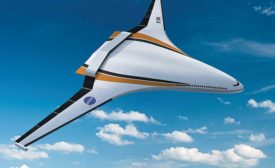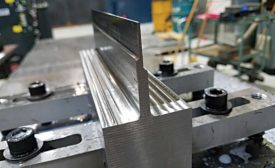Home » Keywords: » aerospace design
Items Tagged with 'aerospace design'
ARTICLES
The Growing Role of Plastics in Aerospace Assembly
Demand for lightweight applications is creating a new role for thermoplastics.
February 1, 2018
IMAGE GALLERIES
Get our new eMagazine delivered to your inbox every month.
Stay in the know on the latest assembly trends.
SUBSCRIBE TODAY!Copyright ©2024. All Rights Reserved BNP Media.
Design, CMS, Hosting & Web Development :: ePublishing











